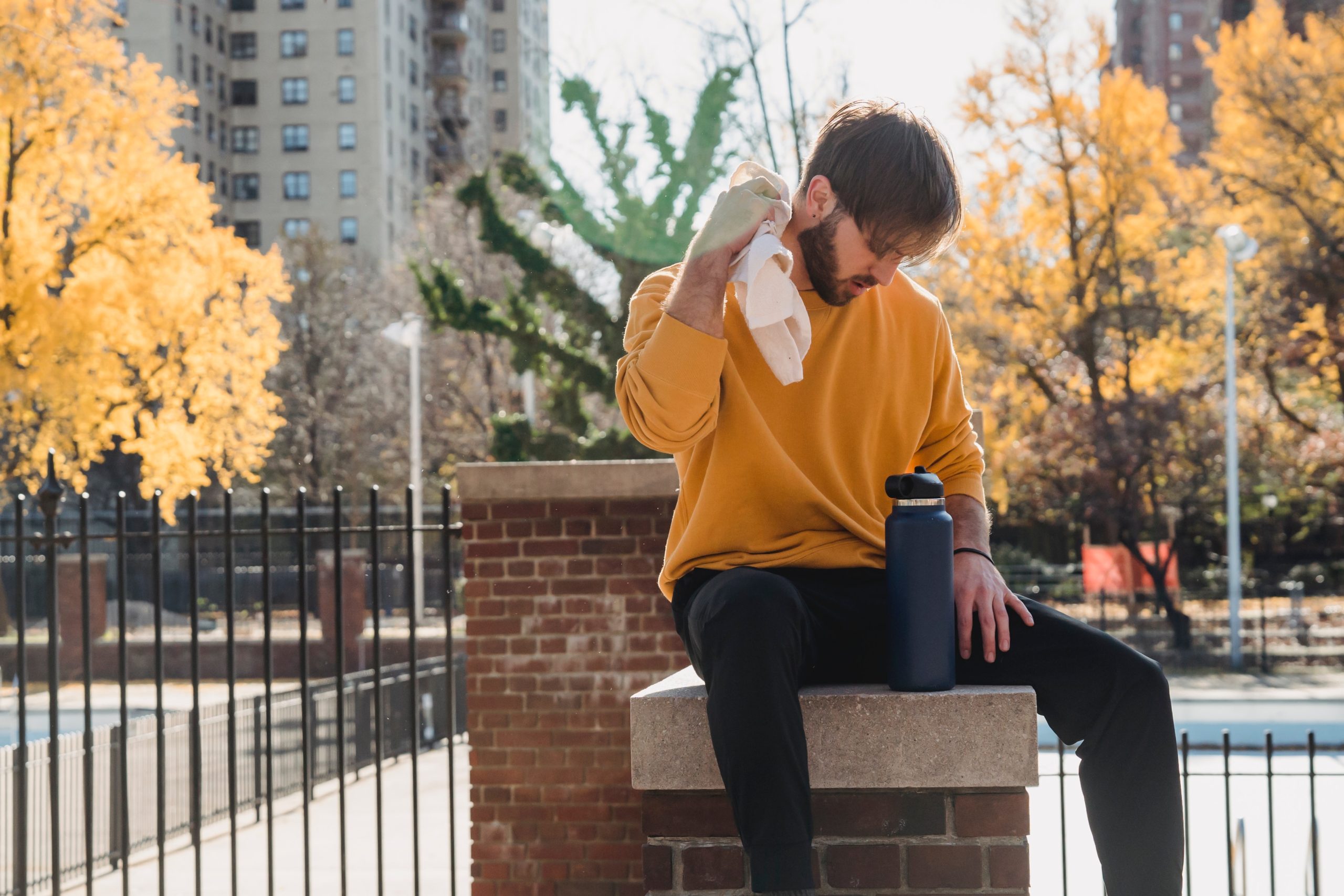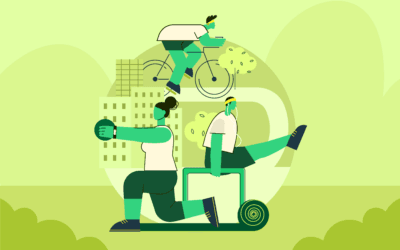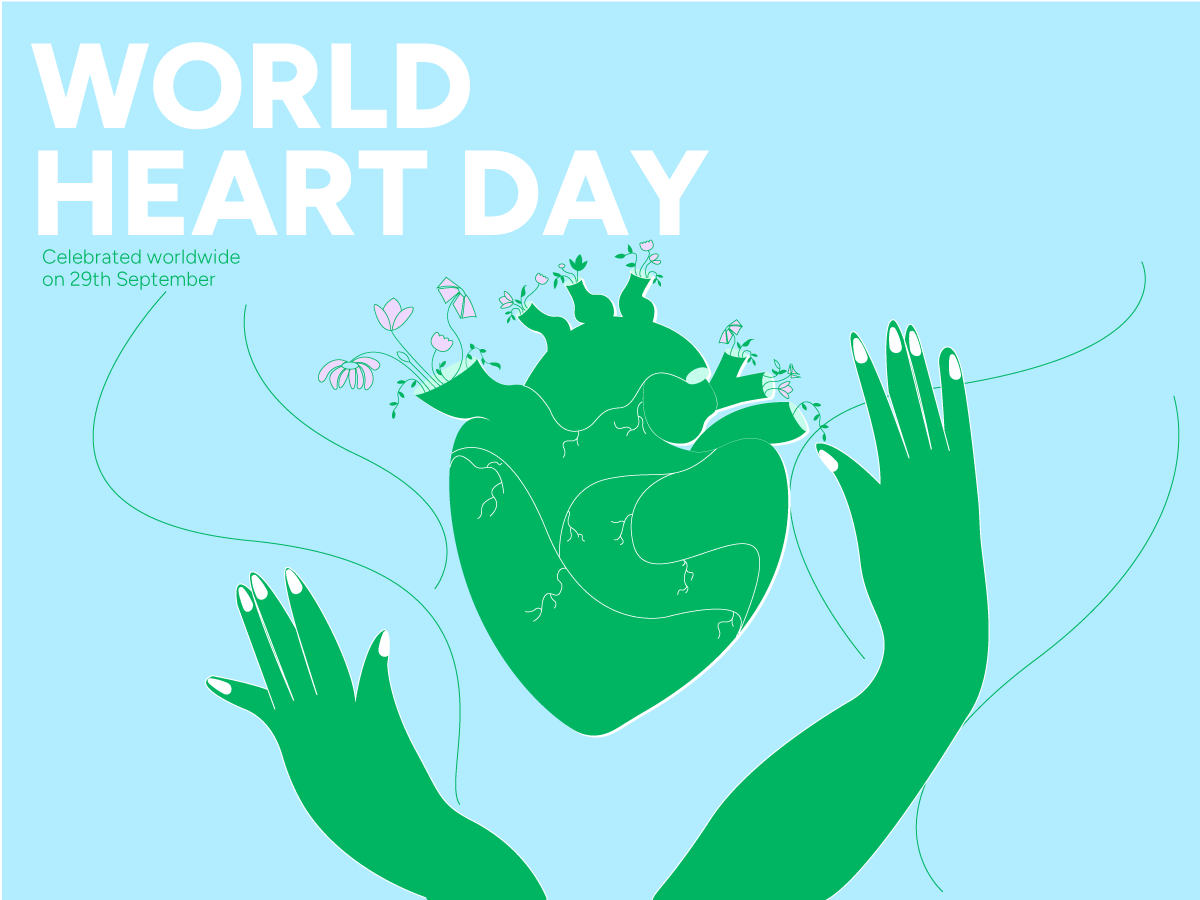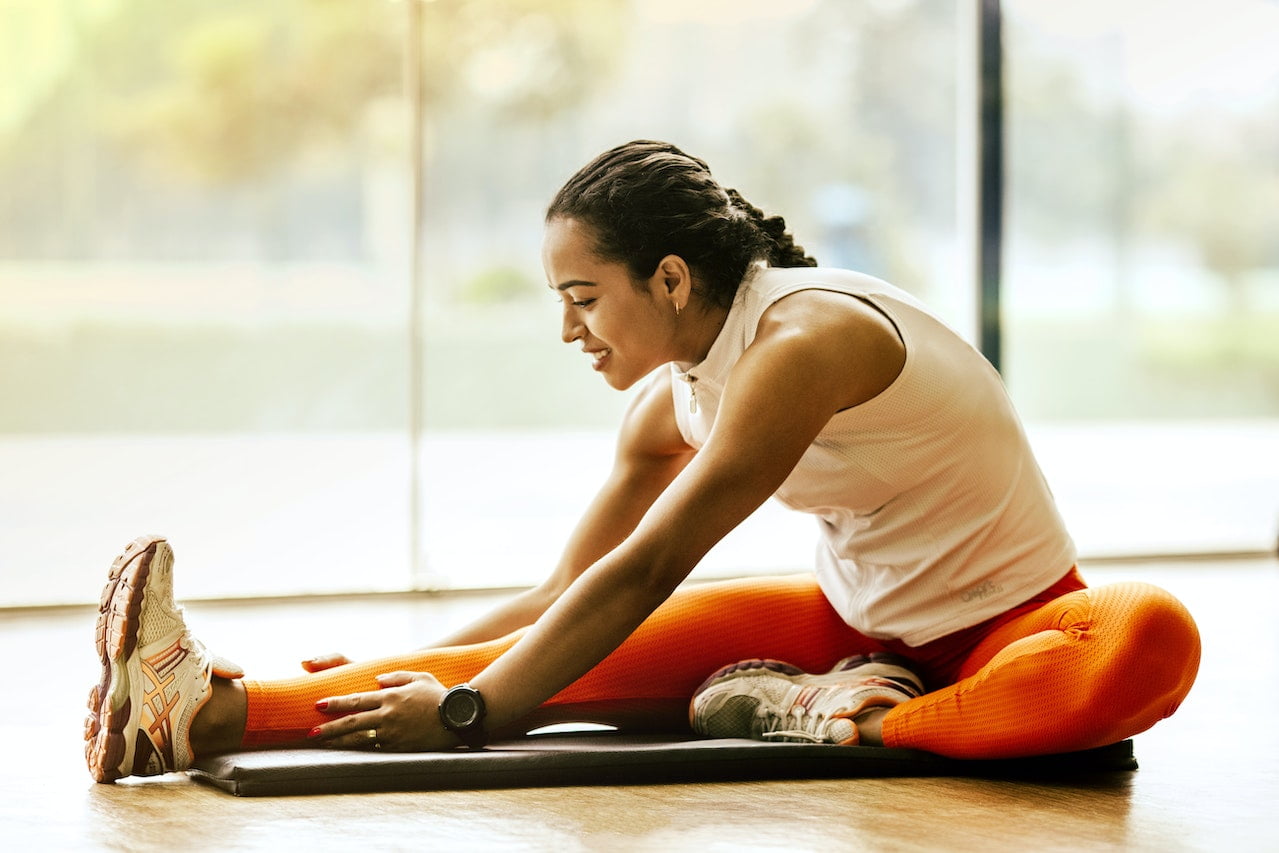How to increase stamina | Panting after a few flights of stairs? Joints and muscles hurting after a quick game with your friends? The cause of all this could probably be one thing – a sedentary lifestyle!
Most millennials have a 9-5 work schedule where they spend numerous hours sitting. Upon reaching home, a good chunk of them are, well, still sitting. Lack of physical activity can be extremely detrimental to your stamina. Being seated for 8 hours or more on a daily basis can cause a number of health concerns which include cancer and heart diseases.
Health Risks of Sitting
While long periods of sitting can cause major health concerns over time, it also causes some relatively immediate changes in the body. If you’re mostly either sitting and/or lying down, your shoulders and neck muscles are likely to be stiff.

This could be from hunching over to use your laptop and other devices, and we all do it both sitting and lying down. The stiffness can further worsen your sitting as well.
Sitting can also increase the level of cholesterol and fat deposit around the waist. This is also likely to be coupled with a high blood pressure as a cherry on the top.
However, what sitting does to your glutes and leg muscles is what is likely causing muscle soreness and injuries during a game. When you sit without any breaks, your glutes and leg muscles (responsible for helping you walk and stabilize) start to weaken.
These weak muscles, when put to test on the field, tend to be more prone to falls and injuries. This is perhaps why a sudden game in an otherwise sedentary lifestyle can make a few days or even the week that follows painful for you. And this discourages you from doing the activity again!
How a Sedentary Lifestyle Affects Stamina
Prolonged sitting causes lesser blood circulation in the legs. This in turn causes the blood vessels to stiffen and hinder its ability to dilate and contract to the difference in blood flows.
A stiffened artery essentially means constricted blood flow. This can ultimately result in chronic heart diseases.
With constricted blood vessels and weakened muscles, it’s not surprising for someone to find themselves in pain after climbing a few flights of stairs or 10 minutes of moderate physical exertion.
Diet and Stamina
Your diet affects stamina as well. But probably not the way you think. Having certain foods pre-workout or a game can lower your performance. This includes milk, junk or fried foods and even avocados for that matter.
Foods rich in fibers and fats are good for you post workout, but having them before you physically exert yourself can slow you down and cause digestive problems. However, if most of your diet includes junk foods, it might prove extremely detrimental to your health, especially when coupled with a less active lifestyle.
Junk food gives you what’s known as empty calories. These calories don’t promote muscle growth or any other healthy changes in your body. Read more about calories here.
What About the Stamina of Ancient Humans?
Humans of the olden days used to cover long distances, run, jump, swim among other various physical activities, usually while carrying weight.

Researches show that the laziest neanderthal was most definitely stronger than the fittest human in the world today. Our bone strength has increasingly decreased over the years! And that says a lot about where we’ve come.
Humans were designed to do physical activity and not hunch over their devices hours on end while they sit and eat.
This is perhaps why many of our grandparents’ generations are still going strong, or are at least stronger than we’d be when we’re half their age. As a race, our lifestyles are becoming increasingly sedentary with every generation.
What Can You Do to Change This?
Any physical activity that we engage in will help counteract the effects of a sedentary lifestyle. But how do we know if it’s enough? And more importantly, is it actually possible to get to the fitness level of our ancestors?
Science says 60-75 minutes of moderate workout can counteract the negative effects of 8 hours of sitting. But how many hours do we sit in a day? The modern millennial wakes up, sits on the way to work, sits at work, comes back home (sitting), only to lounge on the couch.

Ideally, reducing the amount of time we sit is imperative to increase our stamina, bone and muscle strength and reduce the risks of chronic health problems.
You can try walking to your workmate to inform them of something instead of sending out an email. Having reminders to stand up and stretch throughout the day also helps. Always find ways to keep moving and not be staying in one place to the point you stand up only to feel a sudden head rush and pins and needles.
Whether you decide to hit the gym or engage in a game of badminton daily, always be sure to take it slow. Sudden physical movements of an already weak set of bones and muscles can cause serious injuries.
The trick is to slowly build endurance, while following a healthy diet. Incorporate light stretches and walking into your daily life to strengthen your bones and muscles. An hour at the gym or the court coupled with lesser sitting and lying down can steadily increase your stamina and endurance.
Whether humans collectively could be as good as our forefathers, only time could tell.
Book your favourite sport venue on Playo and increase your stamina now!
FOLLOW US ON INSTAGRAM FOR SPORTS MEMES AND REELS!





0 Comments